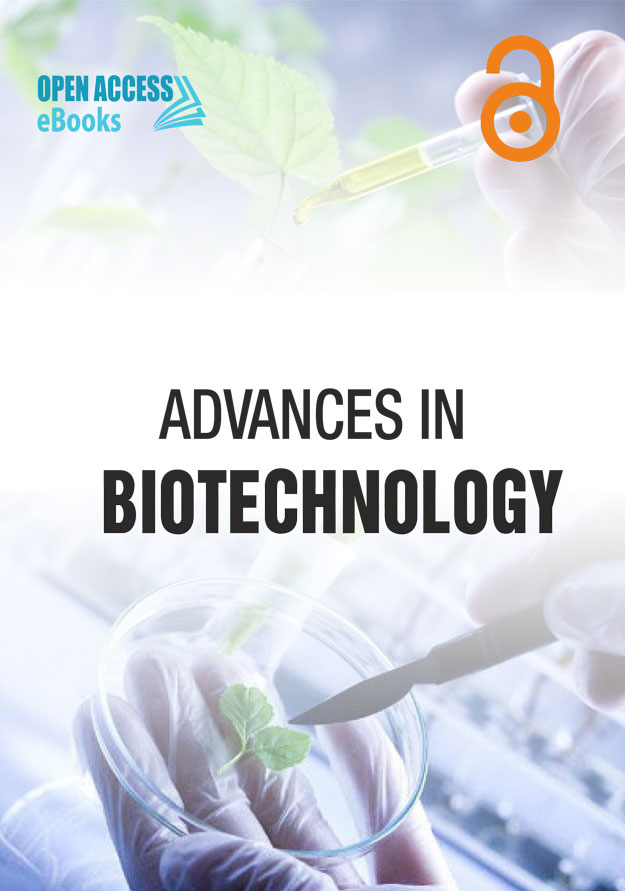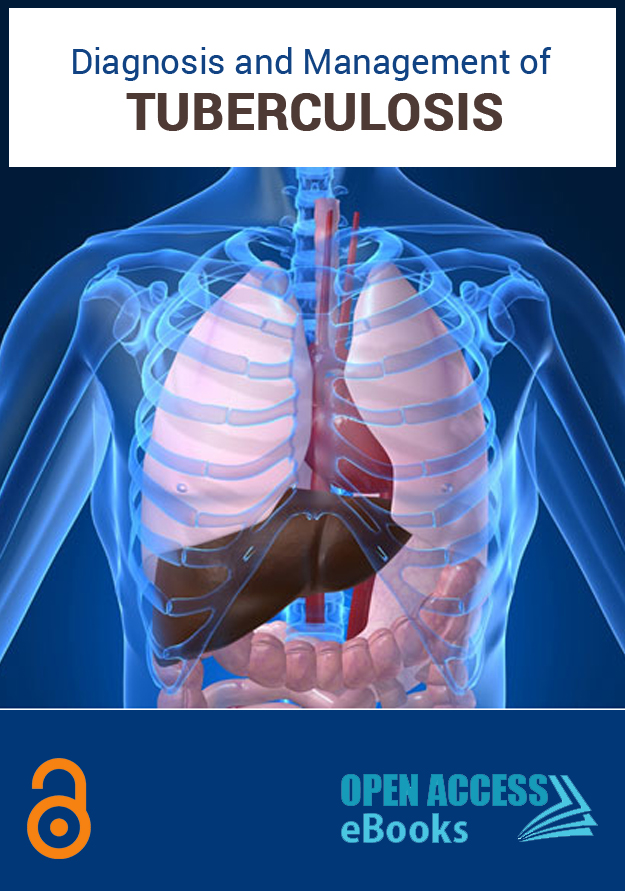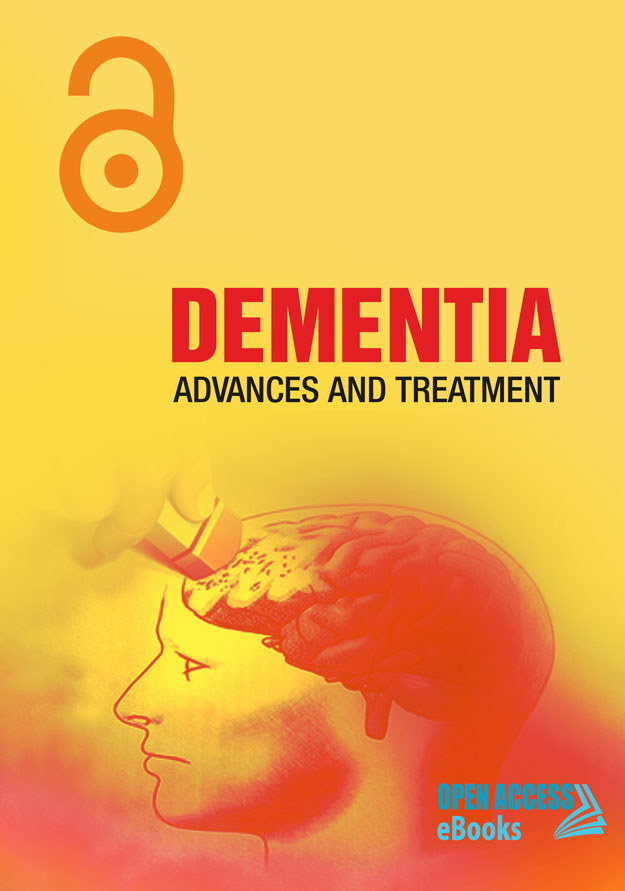Published Chapters:
Uterine Cervix Cancer Cells Re-Establish the Natural Lactate Rich Microenvironment, favoring Disease Progression
eBook: Research & Reviews on Cervical Cancer
The way a cell undergoes malignant transformation should meet their capacity of surviving in the microenvironment of the organ where the cancer will develop. Metabolic adaptation is for sure one of the criteria that must be accomplished, driven by metabolic plasticity that allows the adaptation of cancer cells to the availability of energy and biomass sources that will sustain cell survival and proliferation. Each human organ has a particular microenvironment which is created by several cell types and in some cases also by symbiotic microorganisms. These biological partners are constantly sharing organic compounds and signaling molecules that will control cell proliferation and differentiation, accounting for the organ's function.
Premalignant and Malignant Lesions of the Oral Cavity: Tobacco as an Etiological Factor
eBook: Tobacco Addiction: Effect on Human Health
The precancerous lesion was defined by World Health Organization (WHO), in 1978 as a morphologically altered tissue associated with a significantly increased risk of cancer. Precancerous lesions of oral cavity include oral submucous fibrosis (OSMF), Plummer Vinson syndrome, erosive lichen planus, dyskeratosis congenita, chronic hyperplastic candidiasis, Cowden’s syndrome, discoid lupus erythromatosus, dystrophic epidermolysis bullosa, and xeroderma pigmentosa [1]. In 2005, WHO decided to use the term ‘Potentially Malignant Disorders (PMD)’ as it describes that the pathological condition may transform into cancer. Precancerous lesions that are identified PMD are leukoplakia, erythroplakia, palatal changes associated with reverse smoking, oral lichen planus, OSMF, and discoid lupus erythromatosus [2]. Causative factors for PMDs include human papilloma virus (HPV), candida, tobacco, ‘gutkha’, areca nut, vitamins (such as, A, B, C, D, and E) deficiency and minerals (such as, iron, calcium, copper, zinc and magnesium etc) deficiency [3].
Tobacco and its Ill-Effects
eBook: Tobacco Addiction: Effect on Human Health
Tobacco is a plant called ‘nicotiana tabacum’, whose dried leaves are used to make different forms of tobacco [1]. All forms of tobacco contain nicotine - the chemical responsible for addiction [2,3]. Although extremely lethal, tobacco is cultivated in many regions of the world and is legally available [1]. Tobacco products can be broadly classified into smoked and smokeless products. Smoked forms of tobacco are those substances which are burnt and the resultant smoke is inhaled or held in the mouth [4]. While on the other hand, smokeless tobacco products are used either orally or nasally without burning the product [5]. The different types of tobacco products have been listed below [4,5,6].
Tuberculosis and its Diagnosis: A Review
eBook: Diagnosis and Management of Tuberculosis
Mycobacterium genus covers more than 140 species, these species are divided into three major sets, that is, M.tuberculosis complex (MTBC), M.leprae, and mycobacteria other than tuberculosis(MOTT) [1]. The MTBC comprises of five species includingSantalum albumM.tuberculosis, M.bovis, M.africanum, M.canetti, and M.microti that causing tuberculosis (TB) [2]. M.tuberculosis, is the primary cause of TB and it is the most prominent members of the MTBC. It is an obligate human pathogen and are the leading causes of death all over the globe [3]. The size of the Mycobacteriumis less than 5μ and the generation time of this bacterium is 18-24 hours [4]. They are obligate aerobes. It resists decolonization dyes like Sulphuric acid and acid alcohol because its cell wall contains mycolic acid. Therefore, this bacillus is also termed as “Acid fast bacilli” [5].
Tuberculosis: New Laboratory Diagnostic Methods and Treatment
eBook: Diagnosis and Management of Tuberculosis
Tuberculosis (TB) still remains one of the world’s deadliest communicable diseases. The World Health Organization (WHO) estimated that there were 10.4 million new TB cases worldwide and 1.4 million TB deaths in 2015.People living with HIV accounted for 1.2 million (11%) of all new TB cases [1]. Because of the slow growth rate of the causative pathogen Mycobacterium tuberculosis, isolation, identification, and drug susceptibility testing (DST) of this organism can take several weeks or longer. In recent years, many new laboratory diagnostic methods have been developed for direct detection and susceptibility testing of TB. A good understanding of their effectiveness and limitations is important to improve TB diagnosis.
Licit Drug Withdrawal: Symptoms and Treatments
eBook: Drug Abuse: Addiction and Recovery
Abstinence is the deprivation of previously abused substances that lead to addiction. The long-term and excessive use of a drug causes different biochemical and neurophysiological changes. After addiction is established,deprivation causes withdrawal, whose symptoms, duration and degree vary among substances. Common symptoms include anxiety, depression, tremors, impaired thinking, and changes in autonomic nervous system functioning (tachycardia, sweating, vomiting). The most widely used licit drugs of abuse are alcohol and nicotine, and although both are considered psychoactive substances, abstinence from each differs in both neurophysiological and behavioral terms. When substance use is deemed abusive and intervention is necessary, treatment includes medical care and medication to decrease symptoms, avoid complications, and prevent patient craving. A number of prescription drugs are available for the treatment of addiction and withdrawal from alcohol and nicotine. Although treatment for more severe cases may help significantly, most individuals abandon treatment and relapse. Thus, new approaches and experimental tests have been developed in order to expand knowledge about the systemic effects of abusive drugs and alternatives to rehabilitation treatments. In this respect, this chapter intends to review the state of the art in the study of addiction and abstinence from alcohol and nicotine, and propose alternatives for addiction and abstinence treatment.
HER-2: A Therapeutic Target in Gastric Cancer
eBook: Overview on Gastric Cancer
Globally, gastric cancer ranks to be the 5th most common cancer & 3rd leading cause of death [1]. As the disease presents with non specific early symptoms, it is often diagnosed in the advanced stages. In un-resectable cases, chemotherapyremains alternative line of treatment which might follow in recurrence of the disease. Recent advances assures us newer targeted therapies for better survival of gastric cancer patients. One such molecular target in limelight is Human Epidermal Growth Factor Receptor.
The old and the new risk factors for chronic renal disease in type 2 diabetics
eBook: An ebook on Type 2 Diabetes
The pathophysiological mechanisms associated with chronic renal disease in type 2 diabetic are complex and still remain to be fully understood. It is well known that there are traditional factors responsible for kidney disease such as poor metabolic control, time of evolution of diabetes, age, gender, uncontrolled hypertension, ethnical background and genetic factors. Nevertheless, recent evidence also points to non-traditional risk factors that might trigger glomerular barrier changes, leading to an increase durinary album in excretion along side with the progression of diabetic nephropathy to end-stage chronic kidney disease. Among these factors are inflammation and oxidative stress; alterations in mineral metabolism and homeostasis might also contribute to the clinical manifestation and/or progression of diabetic nephropathy.
Chikungunya Fever: Biology and Epidemiological Aspects
eBook: Vector-Borne Diseases & Treatment
Vector-borne diseases transmitted by mosquitoes like Aedes aegypti, in particular Chikungunya fever, is quite alarming [1]. Chikungunya fever was first described during an outbreak in Tanzania in 1952. In the last 50 years, Chikungunya virus (CHIKV)has spread beyond the African lands and has caused explosive outbreaks, which include millions of cases in the Indian Ocean, Asia and, most recently, in Europe and the Americas [2]. The name Chikungunya comes from the Bantu language spoken by the Makonde tribe-an ethnic group in southeast Tanzania and northern Mozambique - as a descriptive term, which can be translated as the disease that bends up the joints due to arthralgia that can last for months [2,3]. The etiological agent of Chikungunya fever is CHIKV, an Alphavirus belonging to the Togaviridae family [5].
Chikungunya: A Neglected Re-Emerging Disease
eBook: Vector-Borne Diseases & Treatment
Chikungunya virus (CHIKV) is a re-emerging arthropod borne virus transmitted by Aedes species of mosquitoes that causes major outbreak in more than 60 countries in Asia, Africa and more recently Europe and American continents.The re-emergence of chikungunya poses major public health burden worldwide, mostly affecting low and middle income countries. The outbreak is relatively uncommon; sporadic and affects all age groups. It is a febrile disease characterized with debilitating polyarthralgia lasting for weeks to months. Although chikungunya infection has caused millions of cases, still it is poorly documented without specific preventive and therapeutic interventions. This chapter summarizes our current knowledge about the epidemiology and clinical significance of chikungunya virus, mosquito vector, prevention and control measures.


